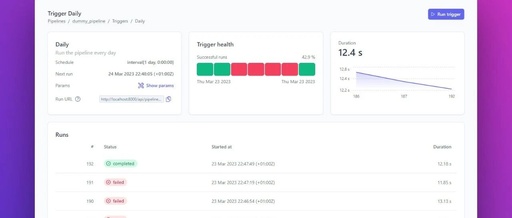Plombery: The Ultimate Python Task Scheduling Tool!
Are you still troubled by scheduling tasks for your Python scripts? Complicated configurations, lengthy code, and a lack of visual monitoring can leave you overwhelmed. Plombery may change your perception of Python task scheduling, leading you into a new world that is efficient, convenient, and visual! 1. What is Plombery? Plombery is a simple and … Read more









